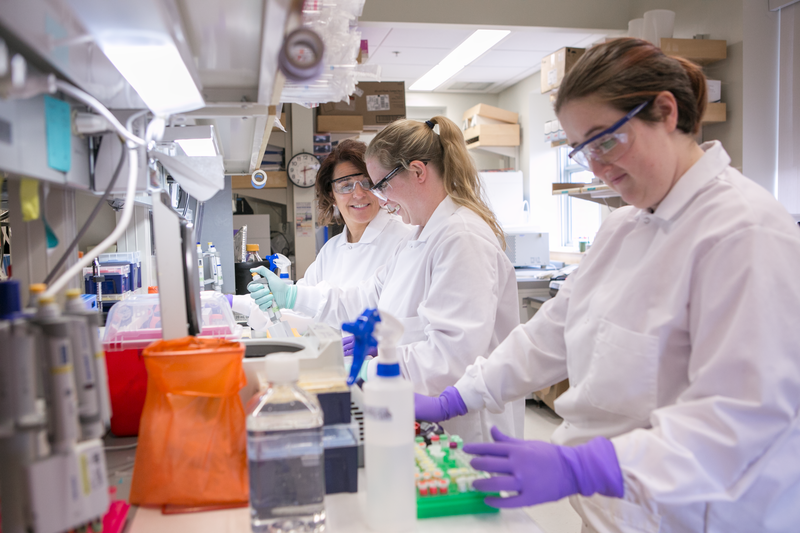JAX research roundup: longevity, ancient DNA, and more
Article | May 4, 2025
Could eating less be the key to a longer life? Landmark study reveals resilience and caloric restriction key to longevity
By examining nearly 1,000 genetically diverse mice to understand the effects of diet on lifespan, JAX researchers found that eating fewer calories could be the key to a longer life. Lowered caloric intake in mice extended lifespan regardless of the animals’ body fat or glucose levels. The mice that lived the longest on the restrictive diets were those that lost the least weight despite eating less. Animals that lost the most weight on these diets tended to have low energy, compromised immune and reproductive systems, and shorter lives.
Why do we love carbs? Blame our ancient DNA
A study from the University at Buffalo and The Jackson Laboratory for Genomic Medicine found that the salivary amylase gene (AMY1), crucial for starch digestion, may have first duplicated more than 800,000 years ago—predating both the advent of agriculture and ancient humans’ split from Neanderthals. Using advanced genome mapping, researchers discovered that our Neanderthal ancestors already had multiple AMY1 copies, indicating early adaptation to starch-rich diets. The number of copies increased with agriculture, improving starch metabolism and influencing human evolution.
Researchers close in on a mouse model for late-onset Alzheimer’s
Mice don’t get Alzheimer’s, but JAX researchers are working to create the first strain of mice that’s genetically susceptible to late-onset Alzheimer’s, the common form of the disease—a goal with potentially transformative implications for dementia research. Using CRISPR gene editing, JAX scientists introduced Alzheimer’s-linked genetic variants into 11 separate strains of mice and analyzed their brain health as they aged. The team used transcriptomics to compare the biological signatures present in mouse brains to those of deceased human Alzheimer’s patients. The new breakthrough could accelerate efforts to understand and treat dementia in humans.
Understanding autism: Genetic background matters when coaxing stem cells into neurons
Using stem cells from eight mouse strains, JAX researchers examined how genetic background affects DYRK1A—a gene linked to autism, microcephaly, and intellectual disabilities in humans. By inhibiting or knocking out DYRK1A, they found significant variation in neuronal growth, providing molecular insights into what may confer resistance or vulnerability to the development of autism. This powerful new protocol could help scientists better compare human and mouse cells and more readily incorporate genetic diversity into mouse-based research, setting the stage to uncover targets for therapeutic interventions.
How diabetes risk genes make cells less resilient to stress
JAX researchers have discovered that the same DNA sequence changes known to increase a person’s risk for diabetes are linked to how well pancreatic cells can respond to stressors like inflammation and high blood sugar. In people with these DNA changes, the insulin-producing cells in the pancreas may be more likely to fail or die when exposed to stress and inflammation. The researchers identified over 5,000 stress-related genes and these findings could lead to new treatments aimed at strengthening pancreatic cells to prevent or manage type 2 diabetes.
